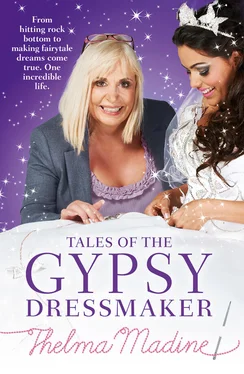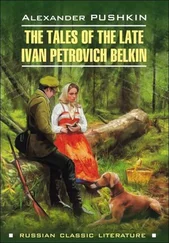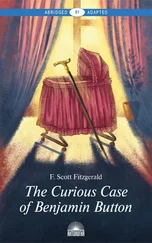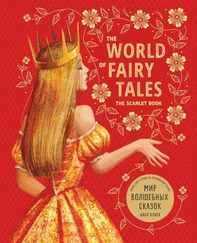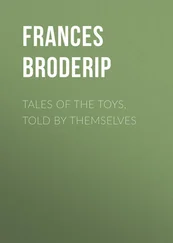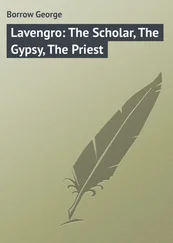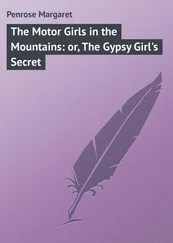It’s such a Liverpool thing – maybe you need to come from Liverpool to understand it. You see, when I was a kid, no matter how little money we had, I always had the best dress and, from as far back as I can remember, I knew exactly what I wanted to wear: dream-come-true dresses that moved when you moved, dresses where you could feel the weight of the fabric swinging about you as you walked.
Once my mum asked this woman, who used to make costumes for the dancing school I went to, if she would make me a couple of day dresses. I was so excited when we went to collect them. The first one was pink with lots of frothy net under it and a big tie belt wrapped into a big bow at the side. As soon as I put that one on, I just didn’t want to take it off. I had to, though, because I had to try on the other one.
Now, this other one was probably a lovely dress but it was straight up and down with a pleated hem. As soon as I saw it I thought, ‘No! No! No!’ I looked at my mum and started crying. She told me to try it on. ‘I don’t want it,’ I wailed. ‘Get it off me!’
‘No, no, they’re lovely,’ my mum said to the woman as she paid for the dresses, obviously dead embarrassed, trying to rush me out the door. So off we went back home with both of the dresses. But I never did wear that straight dress. I never wanted it. All I ever wanted were pretty, girly, sticky-out dresses. So when these young gypsy girls come to me now, I know exactly why they want them too. But then I’ve always had a strong vision in my head of what the perfect girl’s dress should be.
Back in the early eighties, long before I’d set up at Paddy’s, I’d just had my youngest daughter Hayley. On Saturdays I used to go shopping with my mum, and we’d go to all the little kids’ boutiques in Liverpool looking for clothes for her.
The thing is, I could never find anything that I really liked and I remember thinking I’d like to do kids’ clothes myself. I’d just had a baby and was looking at it from the point of view of what I’d like to dress her in, as a customer. ‘If I can’t find the right thing,’ I thought, ‘then there must be loads of other mums out there who feel the same.’
More than anything else, though, I just wanted to dress Hayley the way I liked. I thought about it a lot, and then it just came to me: I’ll start up my own children’s clothes business. And so I went about setting up a shop, Madine Miniatures. At the time I was married to Kenny, my three older kids’ dad. Kenny already had a successful glass firm, so we were well-off enough for me to give it a go. And things were not that great with me and Kenny by then, so starting the business was also a good way of taking my mind off our troubles at home. My mum had also just been made redundant from the GEC factory, where she had worked as one of her three jobs for twenty-five years. So she put all her redundancy money in to get the business started.
Soon it was up and running and I threw myself into the task of finding out when all the clothing fairs were on. I’d travel the country with my mum, looking for the best stuff we could find.
The first shop I opened was in Ormskirk, just north of Liverpool. But as there was already a kids’ clothing boutique there the reps would give them priority stock and wouldn’t sell to any competitors. But this meant that I was being left with the not-very-good stuff, which I certainly didn’t want. What I wanted to sell were special children’s outfits, the kind that gave me butterflies in my stomach when I looked at them.
I remember talking to one rep and asking if I could order this particular dress. ‘Sorry, you can’t have that,’ he said, in that nose-in-the-air kind of way, explaining that so-and-so from the other shop had bought it. I looked at him and thought, ‘You cheeky get! One of these days, you’ll be dying for me to stock your clothes!’
‘Don’t worry, love,’ my mum used to say, ‘you’ll think of something. We’ll just make sure you’re the biggest and the best.’ The thing is, the man was the rep for all these lovely Italian, German and Dutch designs that you couldn’t get over here. ‘OK,’ I thought, ‘I’ll just go to Italy, Germany and Holland to buy this stuff myself.’ And that’s exactly what I did – I brought ranges of kids’ clothing to Liverpool that nobody had ever seen or even heard of before.
I had a big opening day for that first shop, and everything felt good. Because we’d made sure that Madine Miniatures was stocked with quite unusual kids’ clothes and unique designs, it really took off, and before long we had six shops all over Liverpool. Madine Miniatures was getting a great reputation and our Communion dresses were the most sought-after in the city.
Communion dresses are a very big deal in Liverpool, with it being such a big Catholic community. Even today a big part of my business is designing Communion dresses. And there are three milestones in a gypsy girl’s life – her christening, her First Communion and, of course, her wedding.
I first started doing Communion dresses after noticing that all the ones I’d see at European suppliers were the same. And the one thing that a mum doesn’t want is her daughter’s Communion dress looking the same as the next girl’s. I’d look at them and think: ‘They’re all straight up and down. They don’t move. Where’s all the bloody fabric?’ And then I thought: ‘I’d make the skirt bigger and I wouldn’t have that there; I would put buttons down here …’ I was not very impressed by what I was looking at – but actually what I was really looking at was a giant gap in the market.
So I decided that the best thing to do was to make the dresses myself. Even though I couldn’t sew that well, I knew exactly what I wanted. My mum had learned how to sew at a night class when me and my brother Tom were kids. She would sit up all night making me new dresses, determined that I would always be the best-dressed little girl at school. Also, my Aunty Mary was a tailoress, so I thought, ‘I have all the ideas in my head, all I have to do is to draw them out and Mum and Aunty Mary can make them.’ I used to watch my mum and Aunty Mary sewing and then have a go myself. I wasn’t very good at it at first, but I wouldn’t give up until I got it perfect.
Soon the dresses were going down really well. Everyone wanted them, and after a while we were getting so many orders that we had to think about getting someone else in to help. Thank God we found Audrey. Now, Audrey was a little bit older but that was good because she was old school. She knew exactly what she was doing.
In fact, Audrey was so by the book that, come five p.m. every day, she’d have her coat on and she’d be off. Out the door by one second past, was Audrey. She was strictly a nine-to-fiver, but I have to give it to her, when she was there she didn’t stop for a minute. But as more orders came in we needed to put more time in, which made me determined to improve as a seamstress. Audrey taught me a lot – far more than the college I had started attending did. The more I learned, the more I could finish the dresses myself. We also took on a younger girl, Christine, to do the cutting. So, business was picking up, we were all working from a room above the shop in Ormskirk and everything was good.
Every time we put a new Communion dress in the shop, people would come in and admire it. ‘Oh, isn’t that lovely,’ they’d say. ‘I’m quite good at this,’ I thought, so I just focused on making my ideas for these Communion dresses come to life. I suppose, looking back, I’ve always been the kind of person who sets her mind to things, thinking, ‘Right, I’m just going to do it.’ I can’t do anything half-heartedly.
After I came up with a few dress design ideas, I started really going for it. I always thought that the dresses could be bigger, because no one else was doing ones like that, so I looked through all my history books and wedding magazines for ideas – because, essentially, they were little wedding dresses. I’d have them with these big, Victorian-style leg-o’-mutton sleeves and then maybe add a little cape. And I always liked to put a large bow or flower on them to finish them off. That way they really made a statement.
Читать дальше
